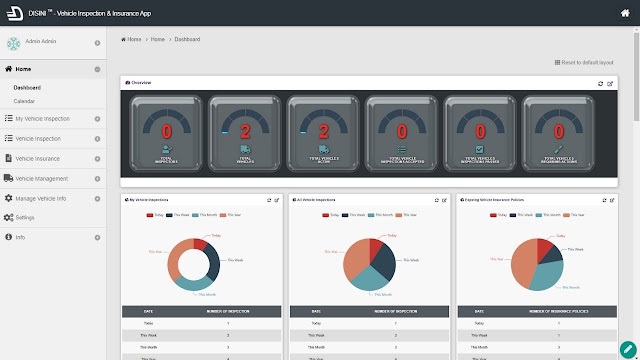Progressive Web Apps: Apple App Store, Google Play Store, It Was Nice Knowing You
Is the end coming for the Apple App Store and Google Play Store? The title is obviously an exaggeration, but in all seriousness, the time has come for a new wave of mobile technology to come to the fore. In 2018, Twitter announced that it has started offering its mobile PWA as its main site . PWA? What’s that? Progressive Web Apps (PWA) is the future of mobile apps and the web, pushed by heavyweights in the industry especially Google. With features such as adding to home screen, offline support, push notifications and more, a PWA offers a user experience approaching that of a native mobile app. Here’s how a PWA works. Imagine you have a Customer Relationship Management (CRM) app that is also PWA compliant. You just need to visit the app using a normal URL in your mobile browser. If you have visited the app more than once, the PWA will prompt you to “Add to Home Screen”, which is basically equivalent to “installing” the app. Add to Home Screen Prompt Once installed, the ...

